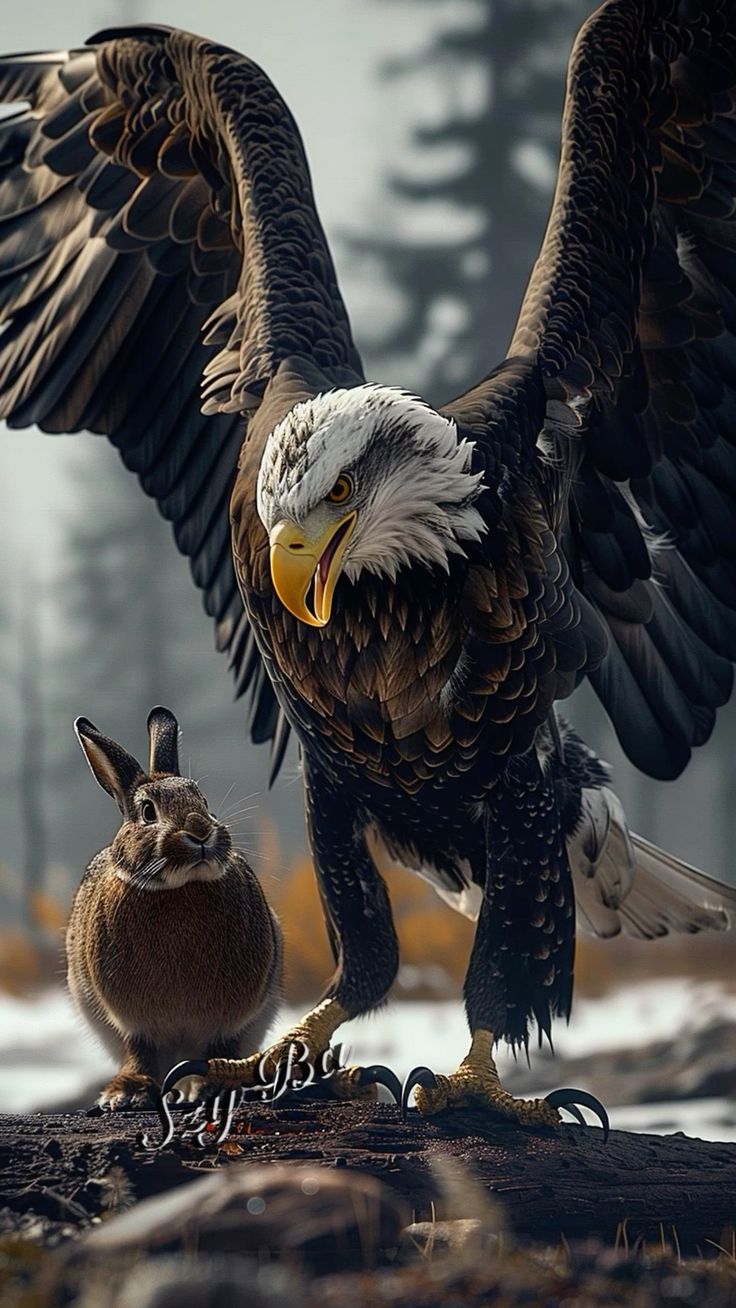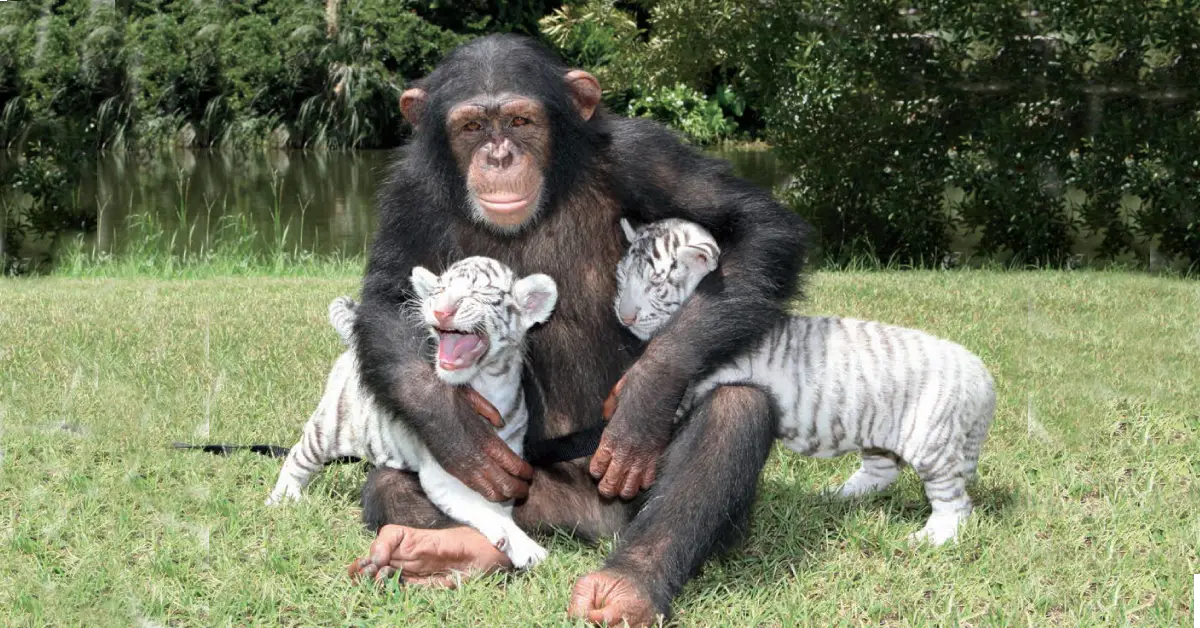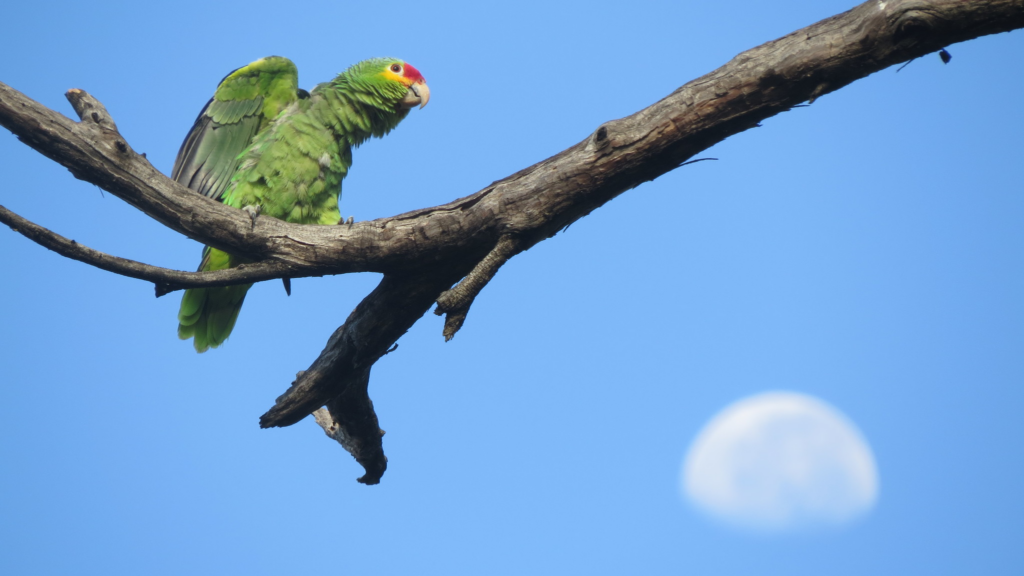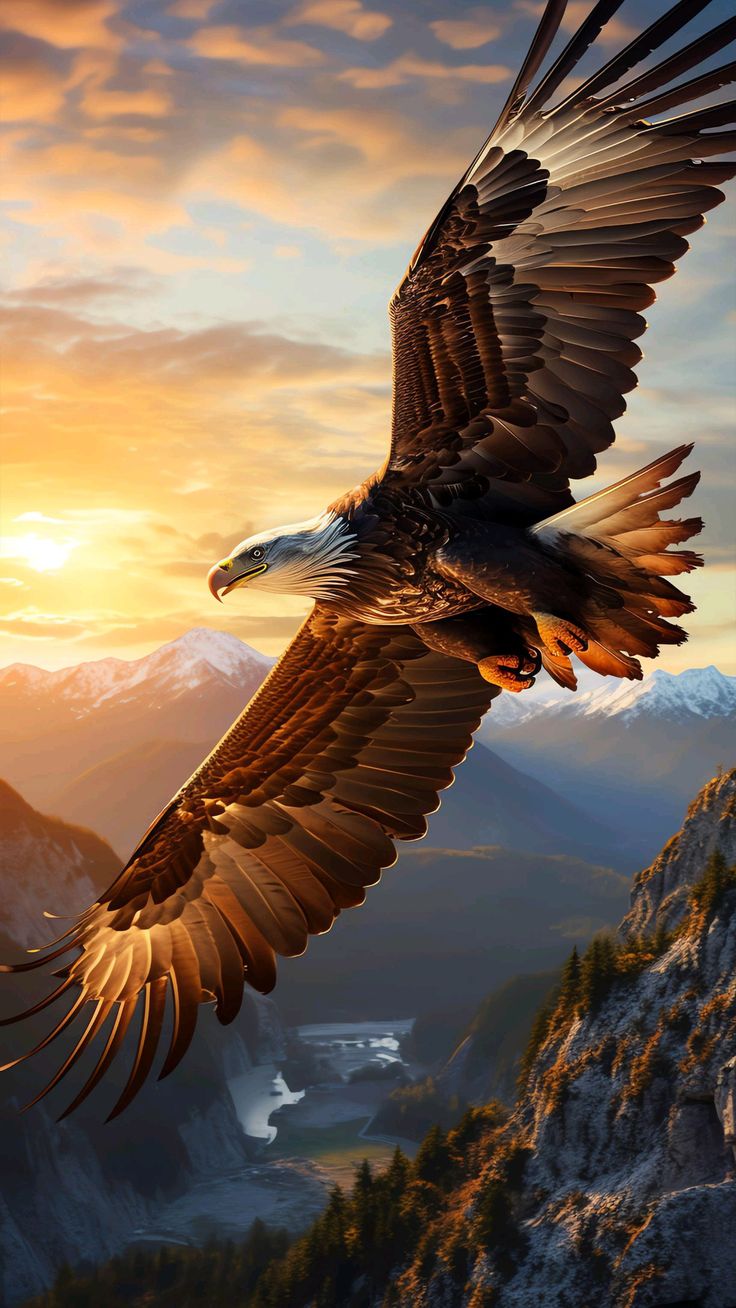
Soaring high above the earth with unmatched grace and power, the eagle is a symbol of freedom, strength, and majesty. These magnificent birds of prey captivate the imagination and inspire awe with their incredible flight abilities, keen vision, and commanding presence. Let’s explore the fascinating world of eagles and discover what makes them such captivating and revered creatures.
A Symbol of Power and Freedom

Eagles have long been regarded as symbols of power and freedom across various cultures and civilizations. Their ability to soar at great heights and glide effortlessly on air currents embodies the essence of liberty and independence. Many nations and organizations, including the United States, have adopted the eagle as an emblem of strength, courage, and resilience.
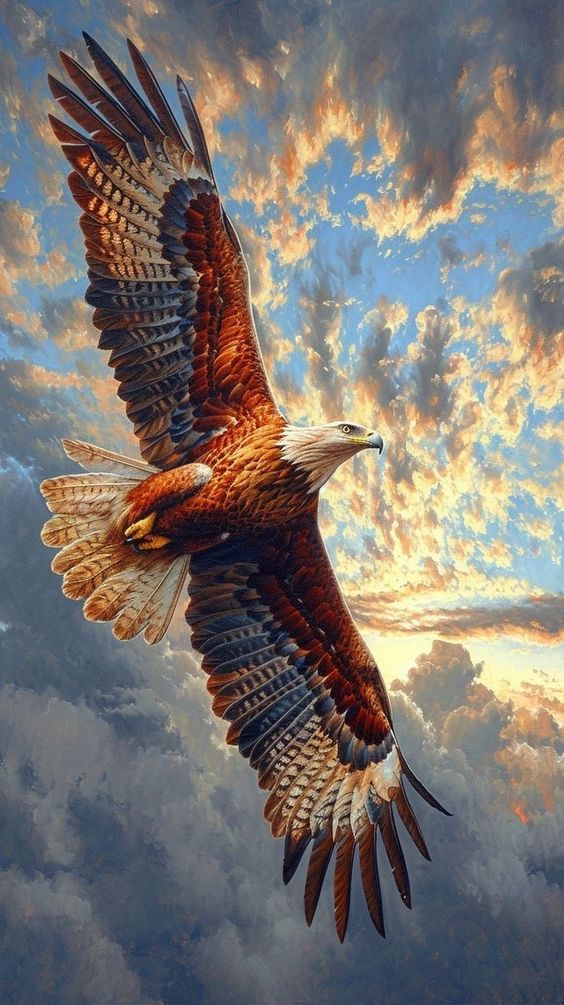
The eagle’s symbolic significance is rooted in its physical attributes and behaviors. With powerful talons, sharp beaks, and muscular bodies, eagles are formidable hunters capable of taking down prey much larger than themselves. Their majestic flight and commanding presence make them natural icons of leadership and authority.
Masters of the Sky

Eagles are masters of the sky, renowned for their exceptional flying abilities. They can reach speeds of up to 160 kilometers per hour (100 miles per hour) when diving to capture prey, and their wingspans, which can exceed 2.5 meters (8 feet) in some species, allow them to glide effortlessly for long distances.

One of the most remarkable features of eagles is their keen eyesight. An eagle’s vision is estimated to be four to eight times stronger than that of humans, allowing them to spot potential prey from several kilometers away. This incredible visual acuity is crucial for hunting and navigating their expansive territories.
Diverse and Adaptable

Eagles are found on every continent except Antarctica, with over 60 species adapted to various environments, from mountainous regions to coastal areas and vast plains. The bald eagle, with its distinctive white head and tail feathers, is one of the most well-known species, particularly in North America. The golden eagle, known for its powerful build and golden-brown plumage, is another prominent species, revered in many cultures for its hunting prowess.
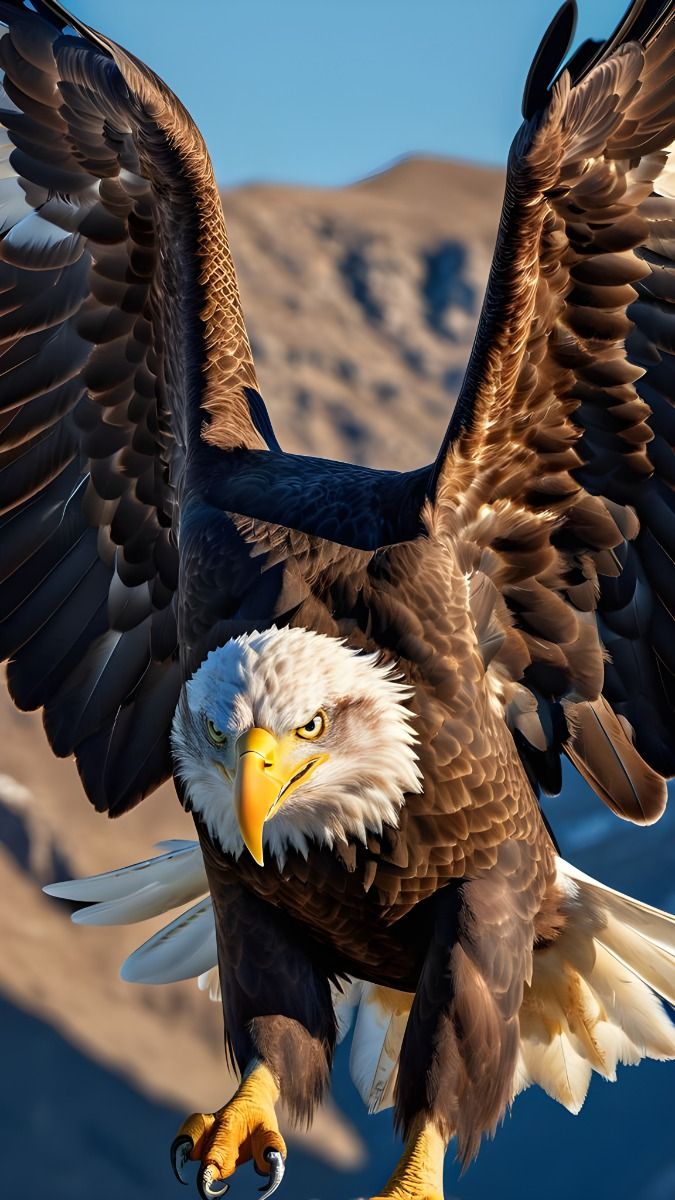
Each species of eagle has adapted to its unique habitat and prey. For example, the African fish eagle, with its striking black, white, and chestnut plumage, is perfectly adapted to hunting fish in Africa’s rivers and lakes. The harpy eagle, one of the largest and most powerful eagles, inhabits the rainforests of Central and South America and preys on large mammals like monkeys and sloths.
Conservation and Challenges
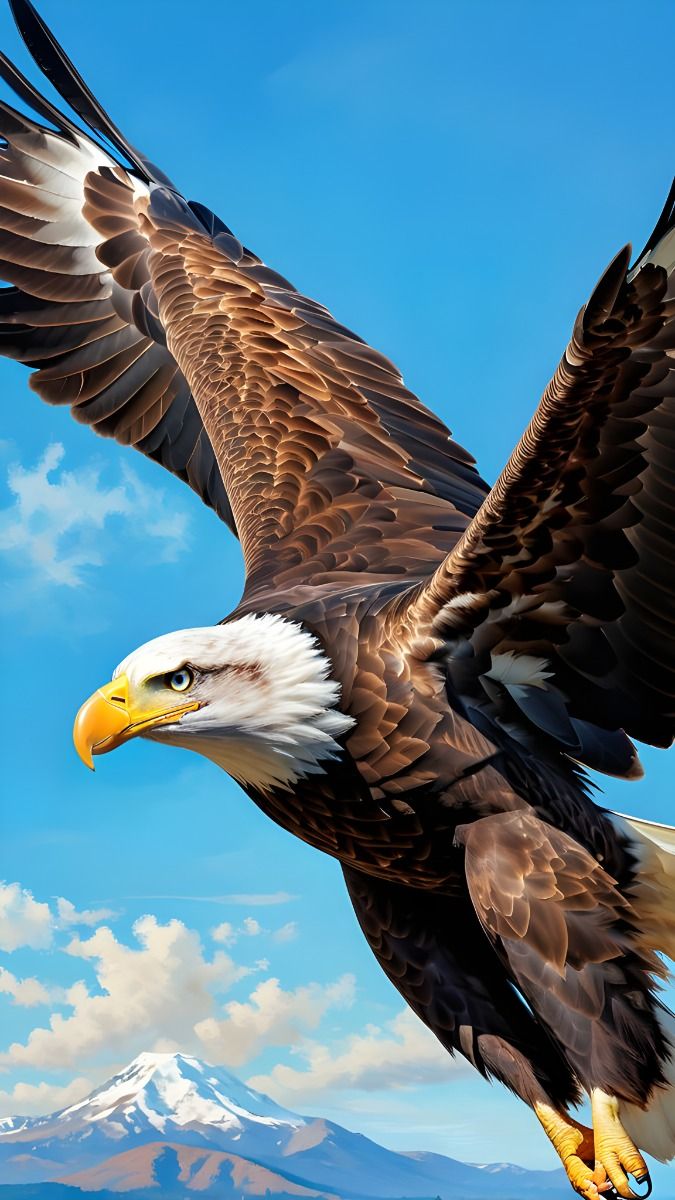
Despite their formidable nature, eagles face numerous threats, including habitat loss, pollution, and human encroachment. DDT, a pesticide used widely in the mid-20th century, caused significant declines in eagle populations, particularly the bald eagle, by thinning their eggshells and reducing reproductive success.
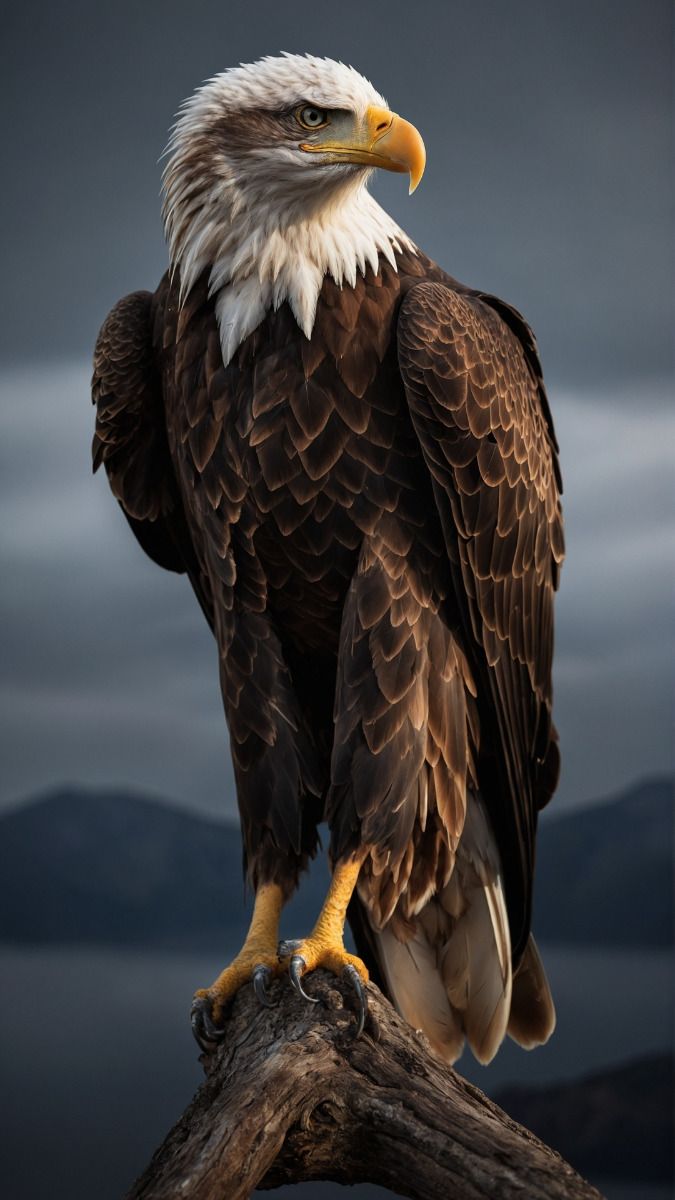
Conservation efforts have been instrumental in the recovery of many eagle populations. The banning of DDT, coupled with legal protections and habitat restoration, has led to a remarkable resurgence of the bald eagle in North America. Continued conservation efforts are essential to protect these majestic birds and ensure their survival for future generations.
Conclusion
